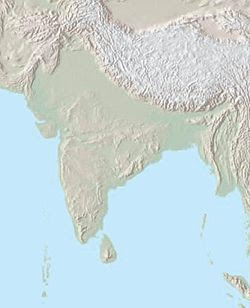The Indian key, also Indian Key and other terms, is a region of the Asian( and, in turn, the Eurasian) mainland on the Indian monumental plate south of the Himalayas, forming a land mass which extends southward into the Indian Ocean.
Due to analogous compass, the terms Indian key and South Asia are used by some academics interchangeably.
Due to political perceptivity, some prefer to use the terms South Asian Key, the Indo- Pak Key", or simply South Asia or the Key over the term Indian key. According to some academics, the term South Asia is in more common use in Europe and North America, rather than the terms Key or the Indian Subcontinent.

Indologist RonaldB. Inden argues that the operation of the term South Asia is getting more wide since it easily distinguishes the region from East Asia; still, opinion on this is divided. With all seven countries included, the area covers about4.4 million km ²(1.7 million mi ²), which is 10 of the Asian mainland or2.4 of the world's land face area. utmost of this region rests on a distinct monumental plate, the Indian Plate( the northerly portion of the Indo- Australian Plate), and is insulated from the rest of Asia by mountain walls. It was formerly a small mainland before colliding with the Eurasian Plate about 50- 55 million times agone and giving birth to the Himalayan range and the Tibetan table. In addition, it's also home to a variety of geographical features, similar as glaciers, rainforests, denes comeuppance, and champaigns.
Historically forming the total of lesser India or the homes of the British Raj, the region now comprises the countries of India, Pakistan, and Bangladesh; it frequently also includes Nepal, Bhutan, and coastal Sri Lanka. It may also include the islet country of Maldives. Overall, it accounts for about 34 of Asia's population( or over16.5 of the world's population) and is home to a vast array of peoples. The region may also include the disputed home of Aksai Chin, which was part of the British Indian kingly state of Jammu and Kashmir, but is now administered as a part of the Chinese independent region of Xinjiang. When the term Indian Key is used to mean South Asia, the islets countries of Sri Lanka and the Maldives are occasionally not included, while Tibet and Nepal are included and barred intermittently, depending on the environment .




0 Comments